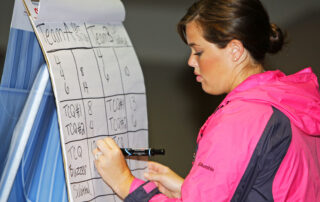2025 National Ocean Scholar Application Package Available Now
As part of the NOSB’s continuing effort to recognize individual achievement, the Center for Ocean Leadership offers the National Ocean Scholar Program. This scholarship program provides tuition assistance (up to $1,000) for NOSB students who have an interest in pursuing an ocean or environmental science major in their first year of post-high school education.











